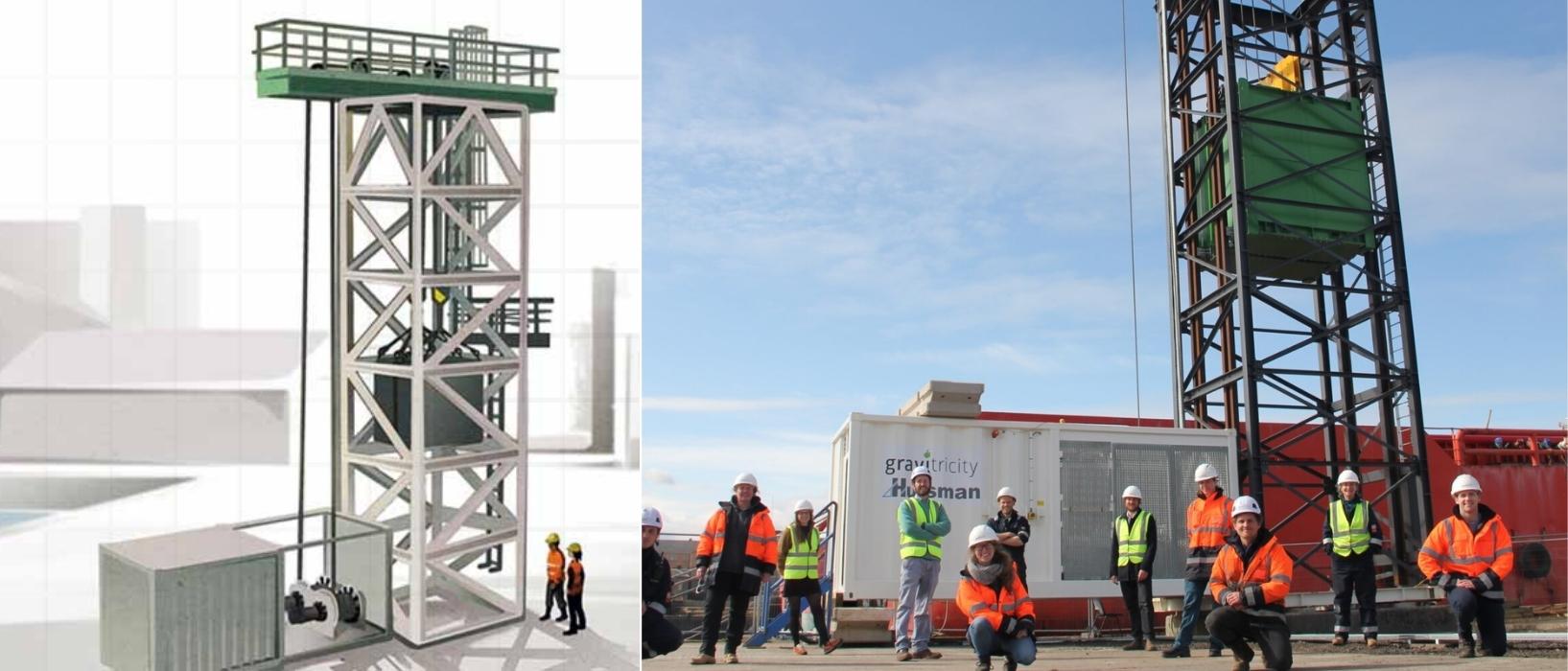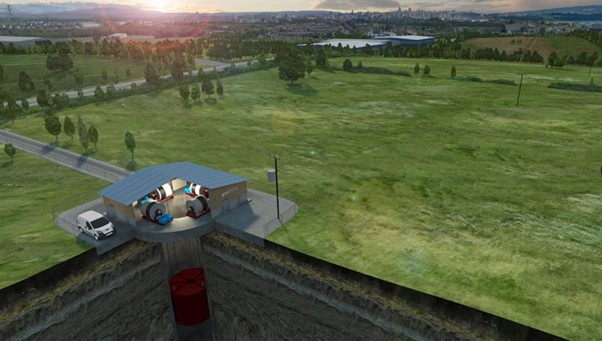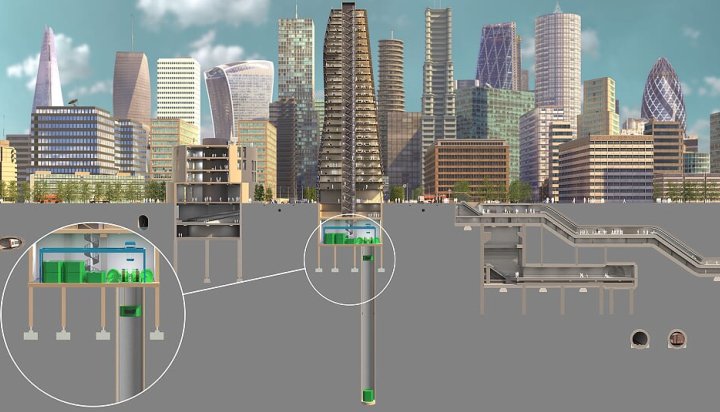
There are many reasons the world hasn’t yet switched entirely to renewable energy, but one pervading issue is that we can’t store it very well.
Thankfully, things are changing.
Between now and 2040, energy storage installations are expected to expand 122-fold as technology costs lower and the adoption of renewable energies and electric vehicles increases.
However, being able to meet this demand will only be possible if the cost of the lithium-ion battery, which has already fallen 85% between 2010 and 2018, reduces even further.
To bring about the changes we need as quickly as possible, we need new, innovative solutions to the storage problem. This is where Edinburgh start-up Gravitricity comes in.
They have developed a way to store energy that involves lifting a number of heavy weights in deep, mine-like shafts. When excess energy is being produced that needs to be stored, the weights are raised and “absorb” it. Then, when the energy needs to be used again, lowering the weight can release it.
Gravitricity claims that its energy storage solution will cost significantly less than lithium batteries. On top of that, it can output energy for anywhere from 15 minutes to eight hours, making it able to serve a variety of needs.
Recently, the firm got the chance to show off their work with a successful 250kW, grid-connected demonstration project taking place in Edinburgh at the end of last year.
The project was supported by Kelvin Power, based in Leicester, who supplied the lattice tower, while Huisman, based in the Netherlands, constructed the winch and control system.
During the project, two 25-tonne weights were suspended by steel cables and dropped both together and separately to demonstrate and improve on their design, allowing smooth energy output over a longer period.
Those and several other tests confirmed their previous modelling, and now plans are already going ahead for a full-scale 4.8MW project in mainland Europe this year.
One potential site for this is the Staříč mine in Czechia. This lies within a large coalfield that extends across the border into Poland and has already stopped mining as of early last year.
Gravitricity hopes to expand into the future, estimating that worldwide there are around 14,000 mines suitable for gravity energy storage.
The potential to turn old and disused mines, particularly those which mine coal, into a green energy storage facility is incredible, but Gravitricity has even bigger plans. They believe their solution could also help solve another huge climate issue; making our cities sustainable.
By building infrastructure in the heart of cities themselves (or, at least, underneath them), towering skyscrapers can become gigantic ‘green batteries’. This has the potential to massively reduce the need for costly and incredibly disruptive upgrades to the grid.
Gravitricity Managing Director Charlie Blair said: “Our idea is very simple. We use excess green energy to lift massive weights to the top of a shaft. These can then be stacked and released when required, delivering energy rapidly back to the grid.
“In the early years, we will install our technology in disused mineshafts as this will help keep the cost down. But in the future, we will be able to sink purpose-built shafts wherever they are required – and the foundations of city buildings could be ideal.”

